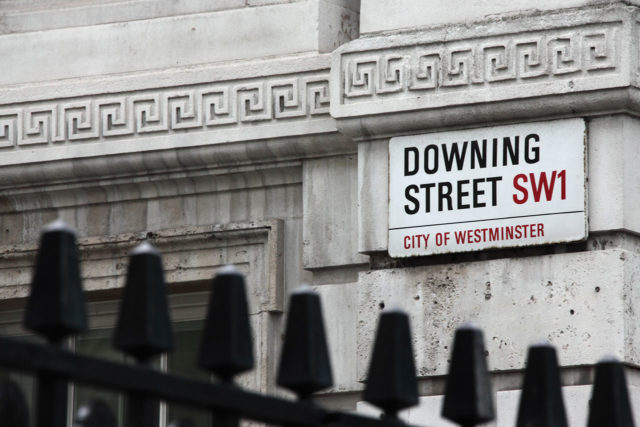The Government and HMRC remain committed to the “Making Tax Digital” project with more information being sent online to HM Revenue and Customs (HMRC) by employers, pension funds, banks and other institutions.
The next big step will be the introduction of quarterly reporting of income and expenditure by businesses and landlords from 2018. HMRC are currently consulting on a number of proposals to make radical changes to facilitate the introduction of the new regime. We accountants have serious concerns about the timescale; HMRC say “you will not need an accountant to fill out the information on the new system.” They are expecting businesses to use new Apps on their Smart phones and Tablets to transmit their data to HMRC.
OVERVIEW OF MAIN PROPOSALS
Small businesses and landlords will be encouraged to prepare their accounts on a cash basis with the threshold for using the basis significantly increased.
The current basis period rules for unincorporated businesses to be reformed.
A new voluntary Pay As You Go (PAYG) system to be introduced to help businesses budget for their tax payments.
EXTENDING THE CASH BASIS
About 1 million small businesses currently prepare their accounts on a cash basis. The present threshold for using the cash basis is the VAT registration limit £83,000 and HMRC are consulting on the limit being significantly increased, possibly double the VAT threshold of £166,000, the current limit for leaving the scheme.
WHAT IS THE CASH BASIS?
The current cash basis for preparing accounts was introduced as a simplification measure from 6 April 2013. Using the cash basis means that businesses merely need to calculate their profits based on receipts and payments.
There are no adjustments at the end of each period for accrued expenses and amounts prepaid, and no adjustment for stock or bad debts at the end of the period.
Another simplification is that the cost of equipment bought for the business, except for motor cars, can be deducted directly in arriving at the profit without the need for a capital allowances claim. One disadvantage of the current cash basis rules is that interest on money borrowed to finance the business is limited to £500 a year and a similar restriction is likely to be incorporated into the new rules.
PROPOSALS TO SIMPLIFY BASIS PERIODS
The current basis period rules are complex, and many unincorporated business owners find them difficult to comprehend. Where the business makes up accounts to a date other than 5 April the accounts and profits have to be made to “fit” into the tax year. There are particular problems at the commencement of trading as some of the initial profits are taxed twice and the “overlap” profits are then deducted on cessation.
One proposal is for businesses to prepare accounts for a period that aligns with the tax year (6 April – 5 April) or even prepare accounts for shorter periods such as each quarter to align with their VAT quarters and submissions to HMRC.
PAY AS YOU GO
Another complication of the current self-assessment regime is that where tax has not been collected under PAYE or at source, primarily on self-employed profits and rental income, the taxpayer is required to make payments on account.
These payments on account are due on 31 January and 31 July based on 50% of the outstanding liability for the previous tax year with a balancing payment the following 31 January.
This can make budgeting cash flow for the self-employed and landlords difficult for some to manage.
The government is proposing to introduce a new voluntary Pay as You Go (PAYG) system for the self-employed and landlords to make payments towards their income tax, national insurance and VAT liabilities monthly with a reconciliation at the end of the year.
Many of these proposals may have significant implications for your business. We will update you on further details once we see the outcome of the various consultations. We can then discuss how we can assist you with your quarterly obligations.






